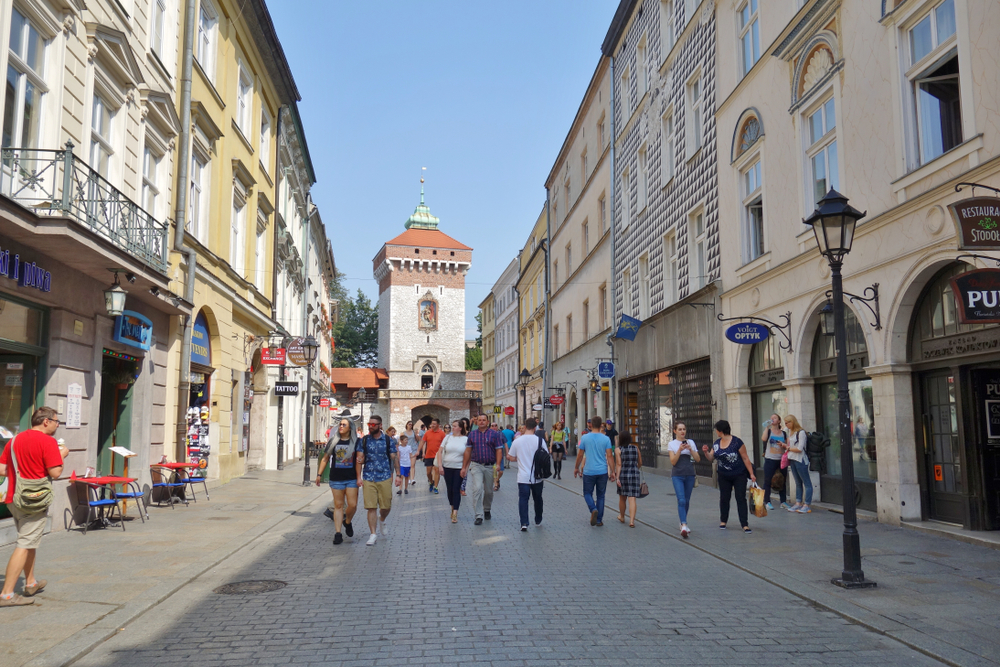Poland: Labour Market Recovery Grinds To A Halt
Employment in the enterprise sector decreased by 1.2% year-on-year in November, slightly more than a month earlier (-1.0% YoY), but less than market expectations (-1.4% YoY). Wage growth also surprised on the upside. So far, the impact on the labor market from the second wave of COVID-19 has been muted.

Source: Shutterstock
What the reading showed
The recovery in the job market has slowed to a near standstill (only 500 jobs were created in the enterprise sector in November) but at least has not backtracked. Compared to typical seasonal changes, employment growth is also smaller, but the situation could have been worse. We expected a slight decrease in employment due to furloughs in some companies and the reduction of working hours, e.g. in trade. Overall, employment was 1.2% lower than in November last year, against -1.0% YoY in October and -1.4% YoY in the consensus for November.
Salaries also surprised positively. Wage growth in November was 4.9% YoY, which is slightly more than in October (4.7%YoY). Forecasts called for a slight decline to 4.5% YoY, justified by the semi-lockdown of the economy. Although salary growth is partly fuelled by retirement severance payments, so far, this hasn’t caused a decline in the economic activity of people at retirement age.
Broader picture
The data shows that the labor market in Poland is coping well with the difficulties of the pandemic. This is a broader trend: successive waves of the pandemic are impacting many economies in a much milder way. This is visible in the data on employment and wages. We are also seeing the effects of very large anti-crisis packages introduced in the spring and announced in the autumn. Companies appear to have some reserves, allowing them to keep a large number of workers on the payroll. In the coming months, unemployment should rise, partly due to seasonal reasons and partly because of the delayed effect of a partial lockdown on the Polish economy. We believe that in March, it will reach its peak at around 6.5%, and will then start to decline as the economy recovers later in the year, assuming the effective vaccination against COVID-19.
Disclaimer: This publication has been prepared by ING solely for information purposes irrespective of a particular user's means, financial situation or investment objectives. The information ...
more


